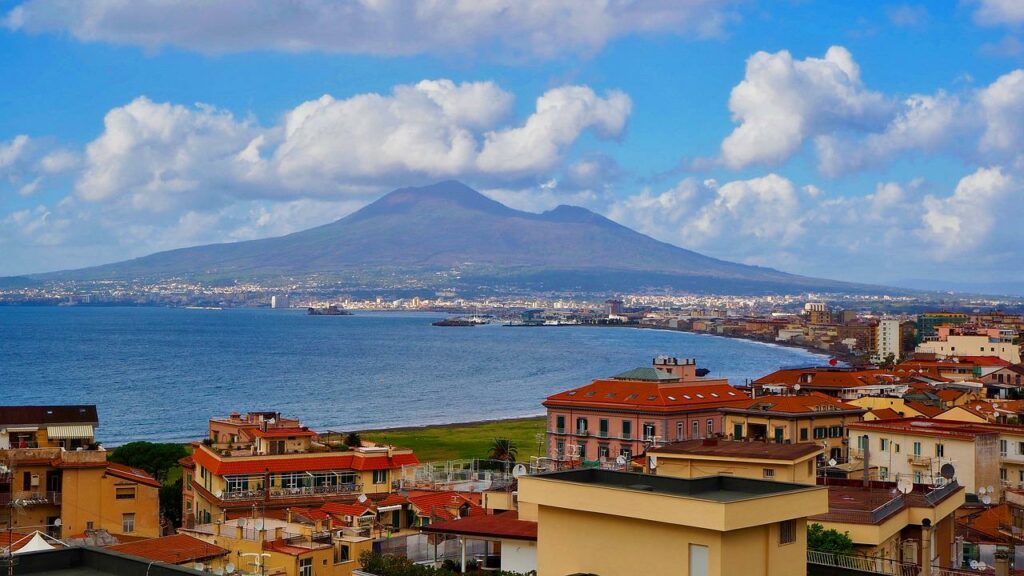The world is surrounded by active volcanoes that provide stunning views of the earth’s raw beauty and to see a volcano up close may be one of the most wonderful experiences, but it can also be disastrous if done incorrectly.
The incident happened in the crater of Mount Vesuvius in Italy where a young 23-year-old American tourist was rescued after falling into the Crater Of Mount Vesuvius. According to Paolo Cappelli, chairman of Confesercenti Tourist association for Vesuvius, the individual was ascending on forbidden pathways since he allegedly did not have an access ticket.
“The traveler was rescued in the middle of this month when a team of volcanological guides noticed him in serious trouble,” according to Cappelli.
The guide was then dropped on a rope “approximately 15 meters” to secure the inexperienced traveler. The guides then carried the youngster to safety and treated him for many injuries on his legs, arms, and back, and then the police were eventually summoned.
“The life of the volcanological guides is not simple: They are always on the crater to safeguard the safety of tourists and, therefore, recognizing the promptness and professionalism shown also on this occasion seemed to be the right thing to do,” said Cappelli. “Having spoken directly with the rescuers, I can safely say that this earlier month on Vesuvius, they saved a human life.”
Hiking near active volcanoes may be even more perilous, as seen by the 2019 eruption of the White Island volcano in New Zealand, which killed more than a dozen people.
However, there are precautions tourists may take to explore volcanoes safely. According to the National Park Service, hikers should utilize open trails and roads and stay on recognized pathways, as well as avoid cliffs, fissures, and steam vents, which may collapse or be slippery (NPS).
Additionally, hikers should wear sunscreen, a hat, sunglasses, and sturdy, closed-toe shoes, as “hiking on lava rock can be hazardous owing to uneven, unstable, and spiky hiking conditions.”

















More Stories
Thailand and Wego Partner to Elevate Tourism for MENA Travelers
Duetto’s Strategic Acquisition of HotStats
Rethinking Tourism Strategies: Addressing Overtourism Challenges